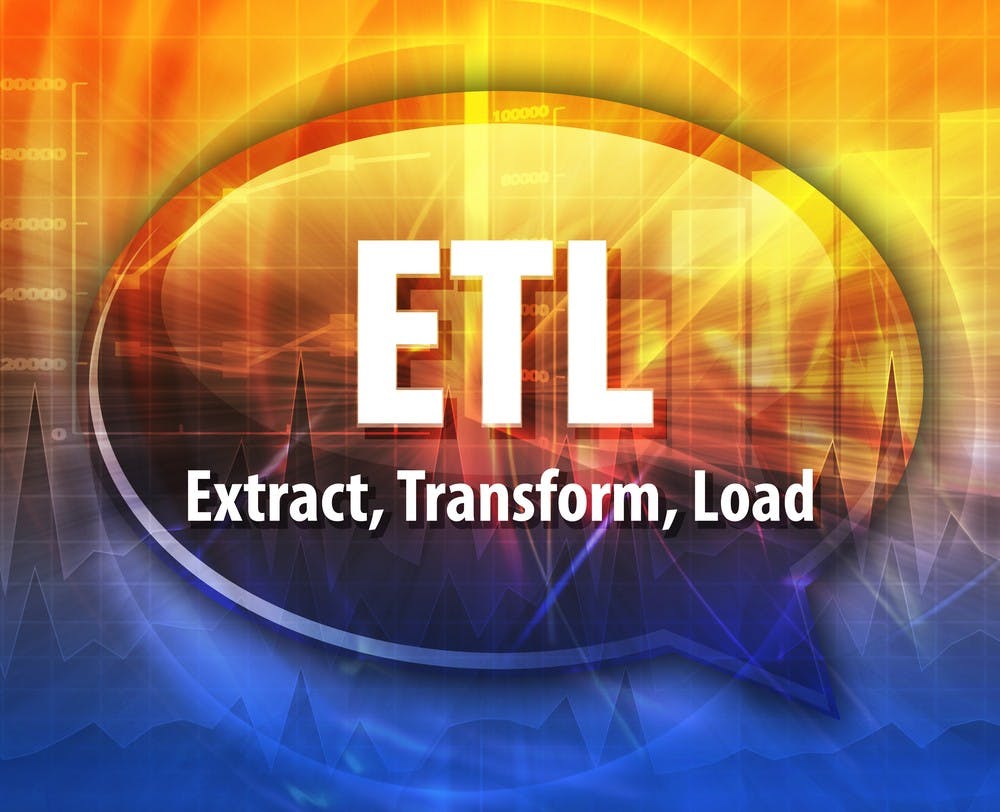Reverse ETL is an exciting innovation that helps drive data into places that can help companies grow their business intelligence and lead to improvement. This kind of data integration is something that can help companies overcome walls that can naturally occur when it comes to data acquisition and storage.
To better understand what reverse ETL is, you need to first understand how normal ETL works and why it’s important. Here is everything you need to know about reverse ETL and how it can help your business.
What is Normal ETL?
ETL stands for Extract, Translate, Load, and it is a vital part of helping aggregate data into useful information that can be used to push companies forward and improve business intelligence. To understand how ETL works and why it’s important, you have to understand what happens to data and the kinds of data storage that exist.
The simple truth is that data accumulates at an alarming rate for most businesses. There are different kinds of data storage that exist and they all serve a purpose and have a certain amount of availability for a company to use.
A Data Silo
A data silo is an accumulation of data that comes from several different sources, and can typically exist unrefined and in a form that is unable to be used. These data silos represent problems for companies that are wanting to increase their business intelligence and improve their analytics because this data is either hard to access or unusable.
A Data Warehouse
A data warehouse is the main solution to a data silo, in that it is a centralized source of aggregated data that comes from silos, but is stored in a usable fashion. This means that the data stored in a warehouse is different from a data silo, in that it has been transformed into a usable form that has availability and function for a company.
A Data Lake and Data Lakehouse
A data lake and data lakehouse are much like a data warehouse in that they aggregate data from silos, however, these two have both transformed, usable data, and raw data. A data lakehouse has more usable data than not, however, both of them are used for big data stores that may exceed to limitations of a data warehouse.
How Does Data Get From Silo to Warehouse?
As you can see, getting data out of a silo and into the proper channels is a large part of helping a business make use of data that otherwise would just remain dormant. The process for doing this is largely what is knowns as ETL. This process extracts data from a silo where it is stored, transforms it into something useful for a company, and then loads it into a warehouse where it can be accessed.
ETL is one of the oldest methods of data acquisition for analytical use and has been used for a long time. It’s one of the main methods of movement into data warehouse giants like Snowflake, Google Bigquery, and more. However, it’s not without its flaws.
What Are Problems With Data Warehouses?
While a data warehouse is supposed to be a reservoir of easily accessible, modified, or enriched data that is usable across a company, sometimes there can be roadblocks. In fact, one of the problems that can happen with a data warehouse is that it can take on similar characteristics to a data silo.
While the data may in fact have gone through an ETL process to get into the warehouse, it isn’t uncommon for a warehouse to have problems pulling data back out to a systems of record whenever needed.
Since most data warehouses received data from systems of record through ETL, reversing this process can work to extract the same data out of the warehouse. That in essence is the idea behind reverse ETL and it’s a system that works to help ensure valuable data can spread across a company as needed.
When Would You Ever Use Reverse ETL?
There are three main reasons that you may use reverse ETL and those cases are operational analytics, data automation, and data infrastructure. Let’s take a closer look at all three of these vital processes.
- Operational Analytics: In general, the data stored in a data warehouse is most applicable to analytics to help push a company forward and increase its BI. These analytics improve everything from marketing to customer profiles and can help to make informed higher-level decisions throughout the company.
- Data Automation: Automation is the name of the game with most tech solutions and reverse ETL can help improve these solutions dramatically.
- Data Infrastructure: This can allow for the personalization of experiences as well as accessing varied data from multiple sources.
Conclusion
With a future potential that could prove useful in a myriad of ways and current advantages, reverse ETL is a worthwhile venture. Understanding how it can be used to not only increase your company’s BI but also how it can help to pave the way for better automation and customer profiles make it a new concept worth checking out.
This post is provided by a third party who may receive compensation from the products or services they mention.


